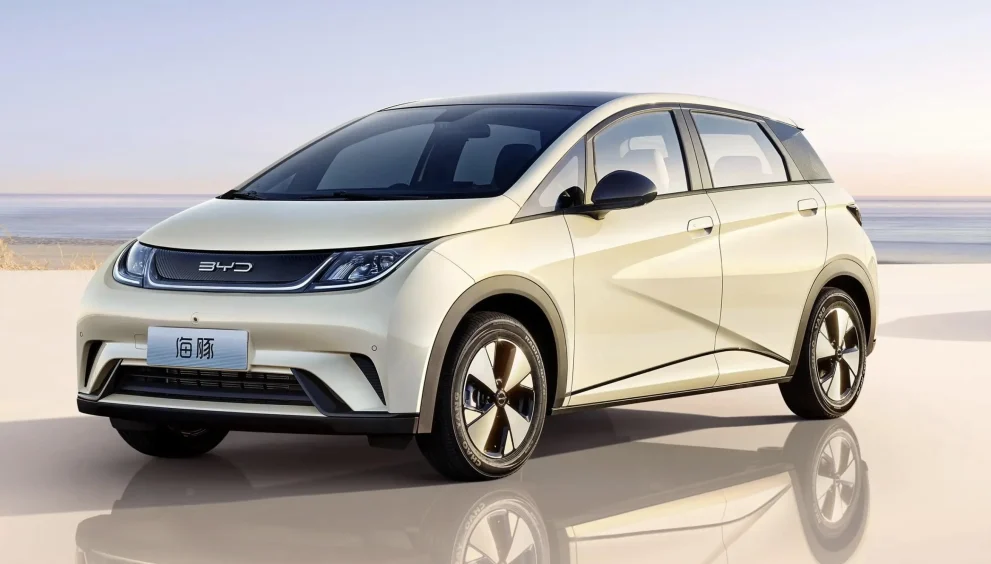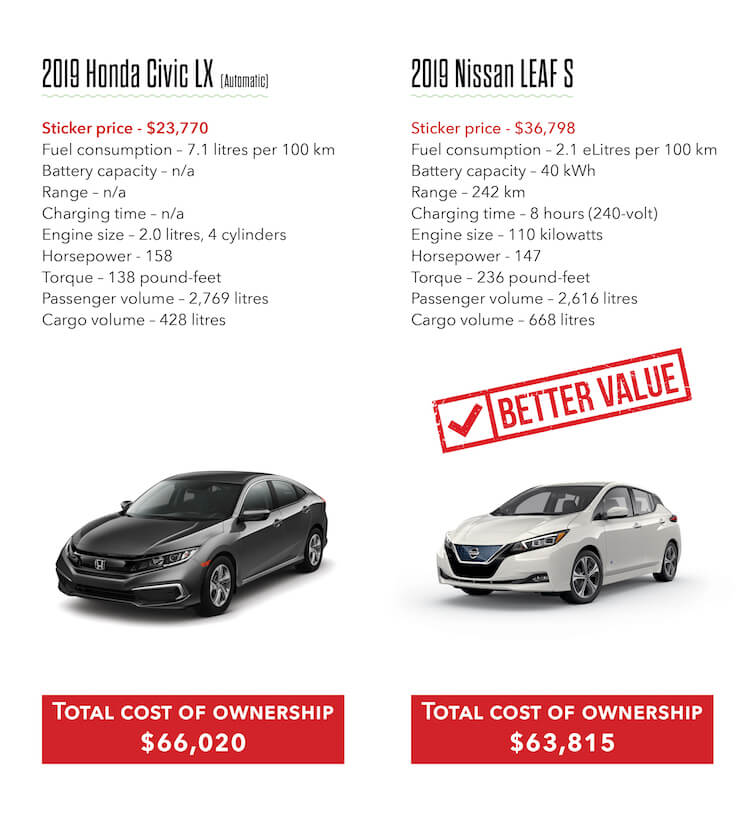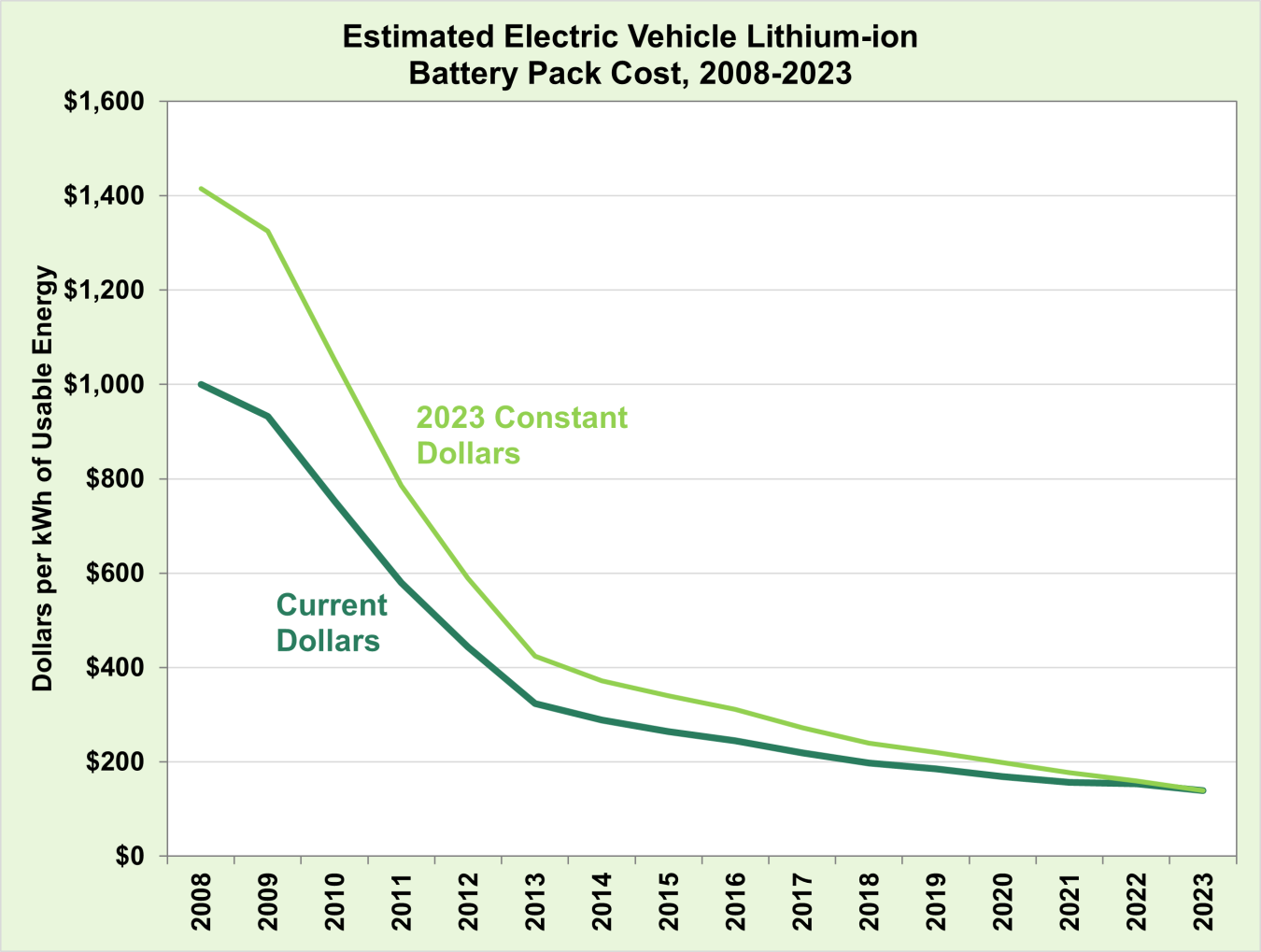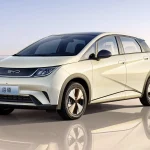Electric Vehicle Cost: 5 Ways BYD is Revolutionizing EV Pricing Against Tesla

The electric vehicle cost landscape has undergone a significant transformation in recent years, particularly with the emergence of brands like BYD, which have changed the game for affordability and access to electric vehicles. As the global market shifts toward sustainable transportation, understanding these dynamics is crucial for consumers and industry stakeholders alike.
How BYD Revolutionizes Electric Vehicle Cost Strategies

BYD Auto has established itself as a formidable player in the electric vehicle (EV) market. By 2023, it claimed the title as the world’s leading EV manufacturer, surpassing established giants like Tesla. This rise is not merely a result of robust sales figures; it reflects a strategic approach that emphasizes competitive pricing and innovative manufacturing processes.
The company’s success can be attributed to several factors. Firstly, BYD’s commitment to reducing the electric vehicle cost through efficient production methods plays a significant role. Secondly, its focus on markets outside of the traditional North American and European strongholds allows for broader penetration where demand for affordable EVs is surging.
The Competitive Landscape
As BYD delves deeper into the global market, it faces fierce competition from Tesla, which has dominated the premium segment of the electric car market. However, BYD’s approach of undercutting Tesla—especially in non-Western countries—has proven effective.
BYD’s pricing strategy provides insights into how it plans to maintain and grow its market share. The analysis of prices in ten different countries underscores BYD’s leveraging of local partnerships and distribution networks, which drastically influences the electric vehicle cost for consumers.
Innovations Driving Success
At the heart of BYD’s strategy are innovations, especially in battery technology and lean manufacturing processes. Unlike Tesla, which heavily invests in larger battery packs for performance, BYD focuses on smaller cars and cheaper batteries. This not only lowers the cost of the vehicle but also addresses consumer preferences in emerging markets where affordability is key.
In addition, BYD has been proactive about expanding its manufacturing footprint beyond China, a move that could further reduce operational costs and improve accessibility to various markets.
Market Diversification
One of the standout aspects of BYD’s strategy is its diversification into various geographical markets, including Latin America and Southeast Asia. These regions present unique challenges and opportunities. For example, in Brazil, BYD captured approximately 60% of the EV market share, demonstrating its ability to resonate with local consumers while offering attractive pricing structures.
By targeting markets where Tesla has less influence, BYD effectively creates niches where it can thrive. Moreover, by collaborating with local distributors, BYD reduces overhead costs associated with direct selling, thus keeping the electric vehicle cost competitive.
Price Comparisons: BYD vs. Tesla in Key Markets

When comparing the lowest-cost models of BYD and Tesla across various markets, the differences in pricing reveal a lot about the strategies employed by both companies. Analyzing prices in specific countries provides insight into how BYD manages to maintain its competitive edge.
In Singapore, for instance, the price of the BYD Dolphin remarkably mirrors that of Tesla’s Model 3, when adjusted for the government-mandated Certificate of Entitlement fee. Despite this parity in pricing, BYD emerged as the best-selling car brand in Singapore last year, showcasing its appeal based on value rather than just price.
Regional Pricing Dynamics
A closer look at individual countries highlights significant disparities in electric vehicle costs between the two manufacturers. In Thailand, the Tesla Model 3 outprices BYD’s Dolphin by over $30,000, a gap that directly impacts consumer decision-making. Such price variations reflect the local economic conditions and purchasing power, emphasizing BYD’s adaptability to market demands.
Additionally, in Japan, Tesla’s Model 3 remains nearly $12,000 more expensive than the BYD Dolphin. This stark contrast in pricing reinforces why consumers in certain regions might gravitate towards BYD products instead of Tesla’s premium offerings.
Manufacturing Costs and Strategies
The cost of manufacturing plays an integral role in defining the final electric vehicle cost presented to consumers. The battery, being the most expensive component of EVs, significantly affects retail prices. BYD’s strategy of producing smaller vehicles allows them to use smaller and cheaper batteries, thereby lowering overall costs.
While Tesla has yet to deliver a low-cost entry-level EV, BYD continues to capture the market by offering models that meet the needs of budget-conscious consumers. The contrast in manufacturing philosophies between BYD and Tesla enables a greater diversity of products available to consumers worldwide.
Tariffs and Global Trade Implications
The global trade environment imposes additional complexities on pricing strategies. While BYD does not currently sell cars in the U.S. due to a hefty 100% tariff imposed on Chinese EVs, it can still operate effectively in other markets. Countries such as the UAE, Chile, and South Korea have also placed tariffs on Chinese imports, affecting BYD’s pricing.
However, BYD’s partnerships with local dealers and distributors mitigate some of these costs, allowing it to remain competitive even in markets where tariffs exist. Understanding the implications of these trade dynamics is essential for predicting future trends in the electric vehicle cost landscape.
The Future of Electric Vehicles: What Lies Ahead

As we look ahead to the future of electric vehicles, one thing becomes clear: the race for affordability will continue to shape the industry. With BYD setting aggressive targets for expansion and maintaining its competitive pricing, the landscape will likely see dramatic changes in the coming years.
Projections for Market Growth
Analysts predict that BYD will maintain its momentum throughout 2025 and beyond. The company’s ongoing investment in manufacturing capabilities outside of China, coupled with continued innovation, positions it to capitalize on emerging trends in the EV market.
Furthermore, as production ramps up and more factories are established globally, the potential for reduced electric vehicle costs becomes increasingly plausible. This may lead to even greater accessibility for consumers worldwide.
Consumer Trends and Preferences
Consumer behavior plays a critical role in shaping the market. As awareness of environmental issues grows, buyers are increasingly leaning towards affordable, environmentally-friendly alternatives. BYD’s approach aligns perfectly with this trend, providing options that cater to a wide array of consumer preferences.
The demand for economical EVs, particularly in developing regions, suggests that brands focusing on competitive pricing will be best positioned for success in the foreseeable future.
Potential Challenges
While the outlook remains optimistic, challenges loom on the horizon. Competition in the EV market is intensifying, not just from Tesla but from an increasing number of players looking to enter the market. Additionally, geopolitical tensions and trade policies may also impact supply chains and production costs.
Despite these challenges, BYD’s adaptability and strategic initiatives suggest that it will navigate the evolving market landscape effectively. The ongoing evaluation of manufacturing techniques and continuous innovation in battery technology will ultimately determine its long-term sustainability.
Video
Conclusion
In conclusion, the changing dynamics of the electric vehicle cost landscape indicate that BYD’s entry into the global market has forever altered the way we view affordability in electric vehicles. Its strategic pricing, innovative manufacturing, and aggressive expansion tactics position it favorably against competitors like Tesla. As the demand for electric vehicles continues to rise, so too will the importance of balancing quality with cost, making affordability a cornerstone of future success in the automotive industry.
Through its unwavering commitment to providing accessible electric vehicles, BYD not only leads in sales but sets the stage for a more inclusive and sustainable automotive future. The journey ahead holds immense promise as the evolution of electric vehicles unfolds, promising exciting developments for consumers and businesses alike.



